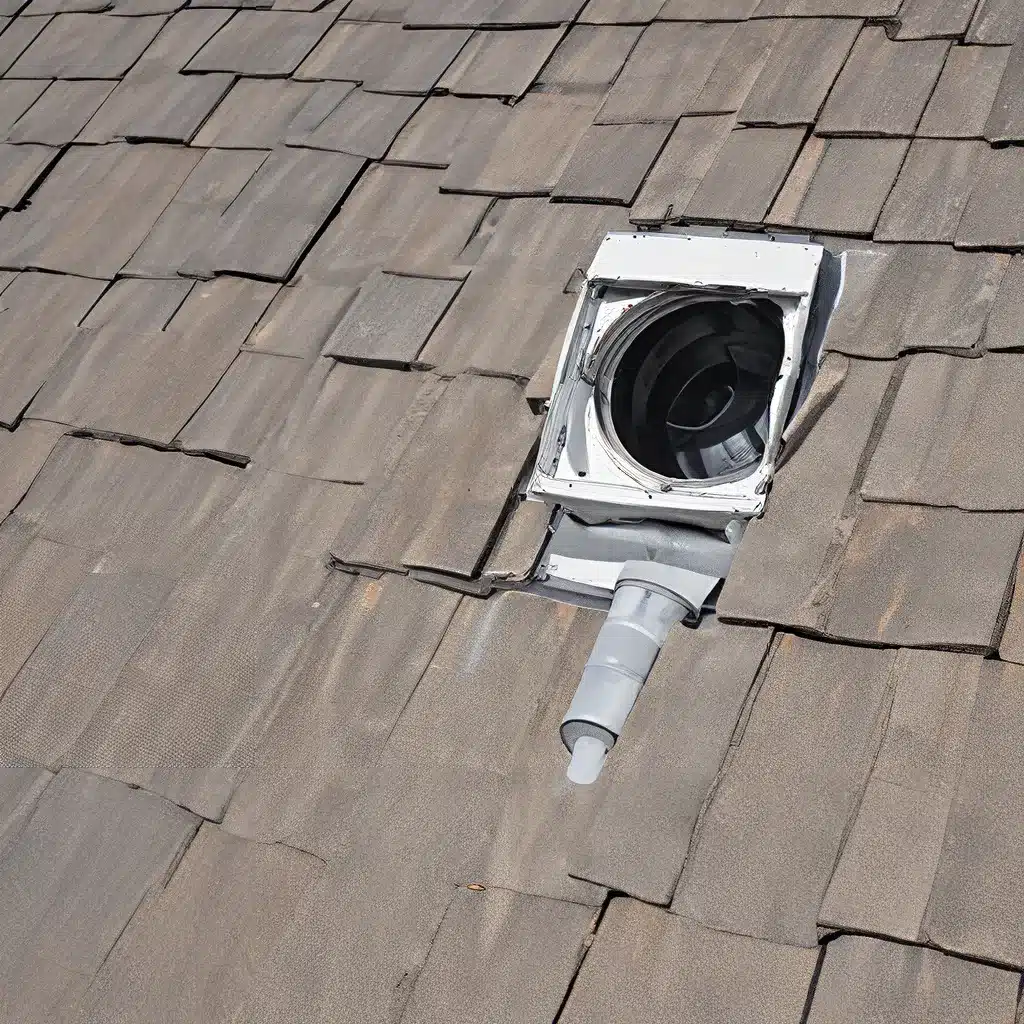
Picture this: You’re nestled in your cozy mountain home, watching the snow gently fall outside your window. But instead of feeling the warmth and comfort you’d expect, you’re shivering, struggling to maintain a decent level of humidity. Sound familiar? If you’re like many homeowners in climate zones 5a-6a, dealing with extreme temperature swings and managing your home’s energy efficiency can be a constant battle.
As the owner of a 1994 3300 SF home at 8500 feet of elevation, I know this struggle all too well. When we first moved in, we were faced with a laundry list of ventilation and insulation issues – from a bat infestation in the semi-conditioned southern attic to concerning signs of wind-washing and ice dams in the unconditioned northern attic.
But rather than throwing in the towel, we decided to tackle this challenge head-on. And let me tell you, the journey has been fascinating. Through extensive research, hands-on experimentation, and the guidance of experts, we’ve uncovered a wealth of insights that I’m excited to share with you today.
Battling the Bat Invasion: Sealing the Southern Attic
One of the first issues we tackled was the bat infestation in the southern attic. These winged intruders had been nesting between the soffits and the insulation, creating a real mess and posing potential health risks. After carefully excluding the bats and blocking the soffits with metal sheets, we turned our attention to the insulation situation.
The former owners had installed R-38 faced insulation directly along the roof deck, with an additional R-19 on the walls. Yikes! That’s a lot of insulation, but the real problem was that the insulation was running straight to the soffits, without any baffles to prevent air leaks.
Determined to remedy this, we got to work air sealing along the soffits, where the log beams penetrated the exterior walls. We also discovered that the southern attic had a finished, conditioned space with soffits that we couldn’t access due to the drywall. Talk about a challenge!
Taming the Unconditioned North: Sealing, Insulating, and Ventilating
Now, let’s shift our focus to the northern attic, which was a whole different beast. This space was totally unconditioned and vented, again without any baffles to control the airflow. We found two layers of R-19 batts piled haphazardly on the attic floor, which were covered in bat feces – yuck!
After removing the insulation and embarking on a meticulous air sealing journey, we realized that the bulk of the drafts and cold air were coming from the northern attic. Aha! We also discovered a curious cold wall that turned out to be part of a weird vent nook – something that was clearly not up to code.
To tackle this, we decided to replace the fiberglass batts on the attic floor after adding baffles to control the airflow. We also explored the idea of sealing more of the soffits to reduce airflow, as it seemed we had more than the recommended one linear foot of soffit per 150 SF of attic.
But the real challenge was figuring out how to effectively air seal along the interior wall, where the cold air was seeping in and creating frigid interior walls and floors. After some experimentation, we decided to try adding polyethylene sheeting along the attic floor and over the wall insulation, stapled to the studs.
Solving the Vent Nook Conundrum
The plot thickens! In the northern attic, we discovered a bonus interior closet-like space on the southern side that was clearly venting directly into the attic, which is a big no-no. To address this, we’re considering adding polyiso boards to the walls of the vent nook, but we’ll need to investigate further to ensure it’s still venting properly to the attic.
Striking the Right Balance: Managing the Southern Attic
As for the southern attic, we initially took a wait-and-see approach, as moisture didn’t appear to be a problem. However, we now realize that this may not have been the best course of action. We’ll need to take a closer look and ensure that we’re managing the airflow and ventilation in this space as effectively as possible.
The Crawl Space Conundrum: A Story for Another Day
Oh, and let’s not forget about the partial crawl space – that’s a whole other challenge we’ll have to tackle in the future. But for now, we’re focused on conquering the attic ventilation and insulation issues, one step at a time.
Embracing the Journey of Continuous Improvement
As you can probably tell, this has been quite the adventure. But you know what they say, “Rome wasn’t built in a day.” And the same goes for creating an energy-efficient, comfortable, and bat-free home.
Through this process, I’ve learned that ventilation and insulation are not just buzzwords – they’re the keys to unlocking a healthier, more comfortable indoor climate and improved energy performance. And with the help of the amazing team at Southern Roofing, I’m confident we’ll continue to make progress.
So, if you’re struggling with similar issues in your mountain home, take heart! It may seem daunting, but with the right knowledge, perseverance, and professional support, you can transform your living space into a true oasis of comfort and efficiency.
Who knows, maybe you’ll even get to enjoy your winter nights without shivering and constantly adjusting the humidifier. After all, that’s the dream, isn’t it?